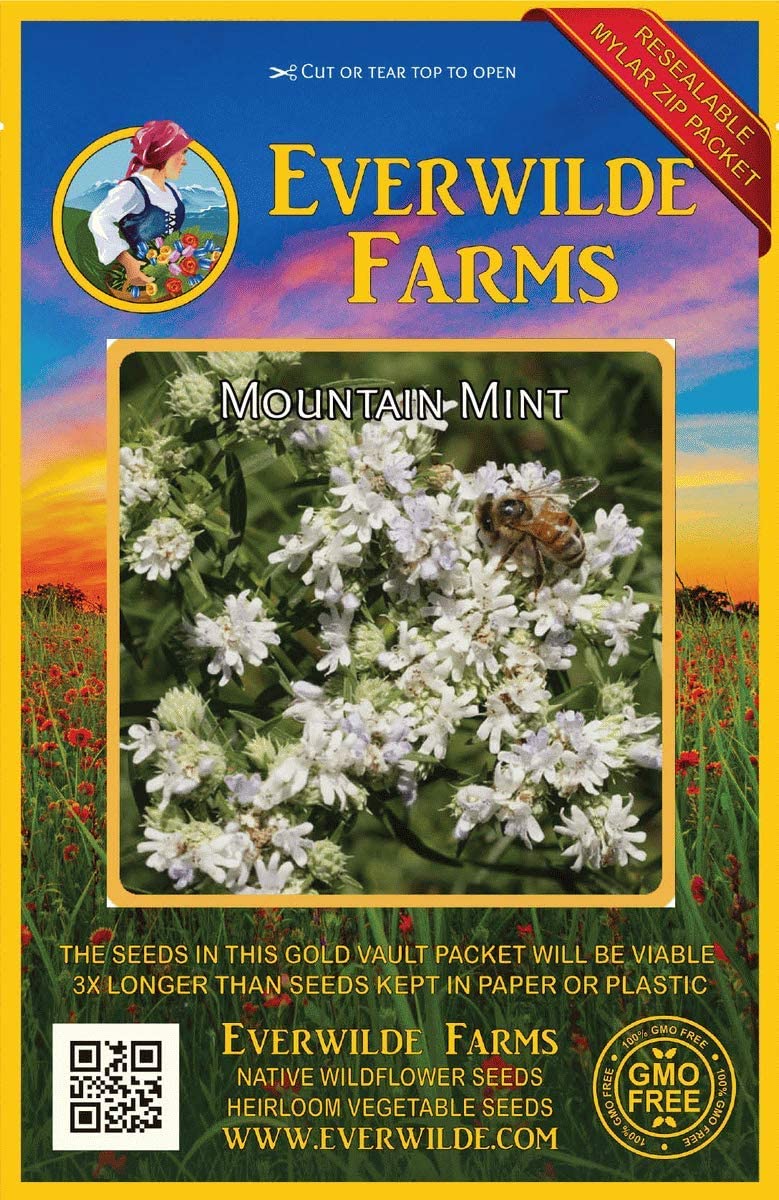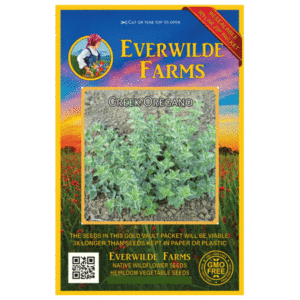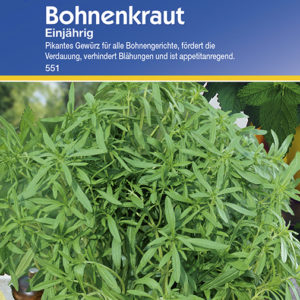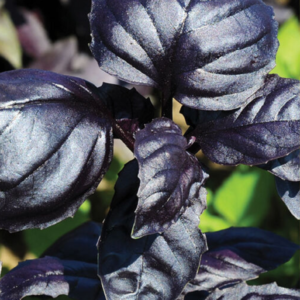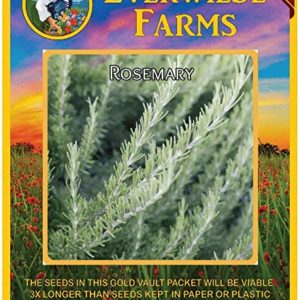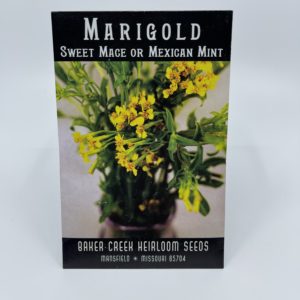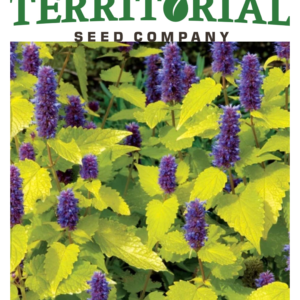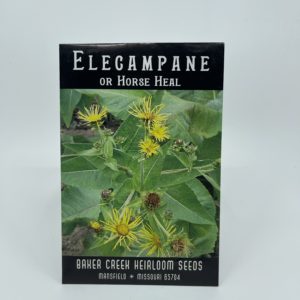نعناع جبلي
2,000 د.ك
Though not from the true mint family, this native American herb provides a very respectable substitute and has a long history of culinary use. The first botanical records of this plant come from French botanist Andre Michaux’s notes from the late 18th century, as a result of his expedition through the frontier of Pennsylvania. The formidable genus name “Pycnanthemum” comes from Latin words meaning “many clustered flowers,” while the species name “virginianum” means “of Virginia.”
Sowing: Direct sow in early spring as soon as the soil has warmed, pressing into the surface of the soil surface since this plant needs light to germinate. Keep the soil lightly moist until germination. If starting the seed indoors, keep in mind that the best temperature for germination is 70 degrees F. Keep seedlings lightly moist, and transplant them as soon as they have developed several leaves.
Growing: Water seedlings regularly until they become established, and control weeds. Mature plants tolerate drought well and flourish in fairly dry soil, though they will benefit from occasional watering in dry weather. This plant also grows well in rocky or clay soil. It can spread vigorously by rhizomes once established, though it does not usually reseed. This plant is extremely attractive to bees, and is a valuable nectar plant; it also grows well in containers.
Harvesting: This plant can be harvested for both fresh and dried use. Choose stems that are just beginning to bloom, cutting them in the morning before the dew has dried.
Seed Saving: When the flower spikes begin to dry and turn color, shake the entire plant’s seed heads over a container to remove the seed. To collect the most seed, repeat the process daily until all the seed has matured. Store the seed in a cool, dry place.
Common Names: Virginia Mountainmint, Wild Basil, Prairie Hyssop
Latin Name: Pycnanthemum virginianum
Species Origin: US Native Wildflower
Type: Native Wildflowers
Life Cycle: Perennial
USDA Zones: 3, 4, 5, 6, 7
US Regions: Plains/Texas, Midwest, Northern, Northeast, Southeast
Seeds per Ounce: 276,000
Stratification: No Stratification
Germination Ease: No Stratification
Sunlight: Full Sun, Part Sun
Height: 36 Inches
Color: White
Bloom Season: Blooms Early Summer, Blooms Late Summer, Blooms Early Fall
Uses: Attracts Pollinators, Attracts Honeybees, Attracts Butterflies, Aromatic
غير متوفر في المخزون


